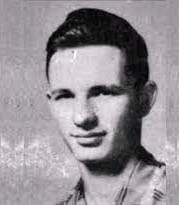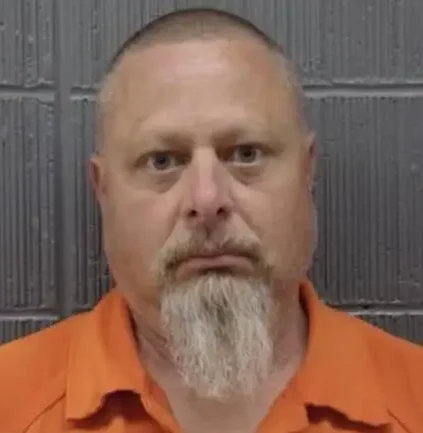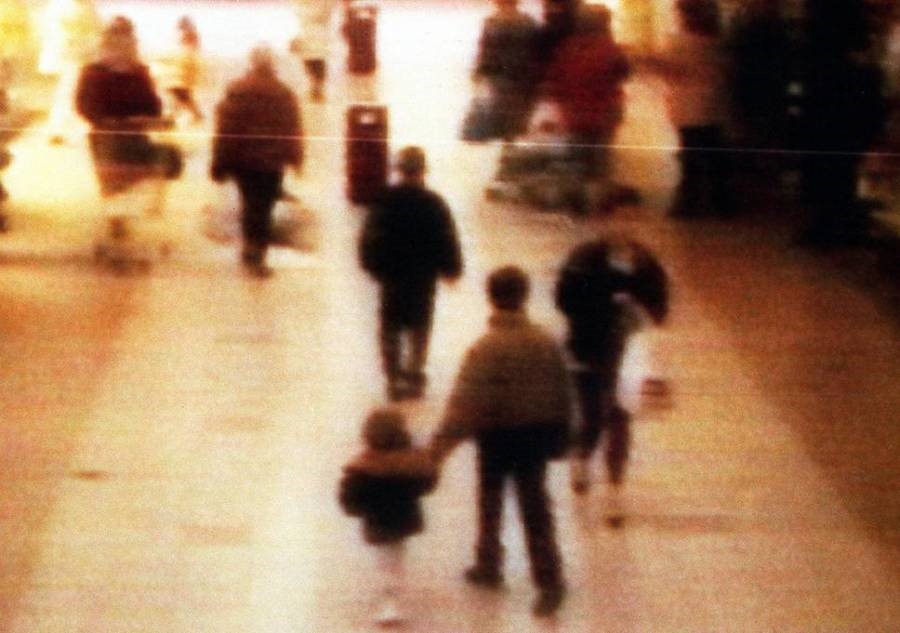
Two boys abducted a toddler and brutally murdered him.
Two boys leading a toddler, one holding his hand as they make their way through a normal shopping mall in Bootle, England on February 12, 1993. Within hours of that surveillance image being captured that afternoon, 10-year-olds Jon Venables and Robert Thompson had tortured two-year-old James Bulger to death.
There had been many bystanders. Many witnesses later admitted that Bulger looked distraught. Some even saw the older boys beat the two-year-old. But most did nothing and those that stopped and questioned the James Bulger killers soon enough let them go. The brutal torture and murder of James Bulger occurred sometime between 5:45 and 6:30 PM.
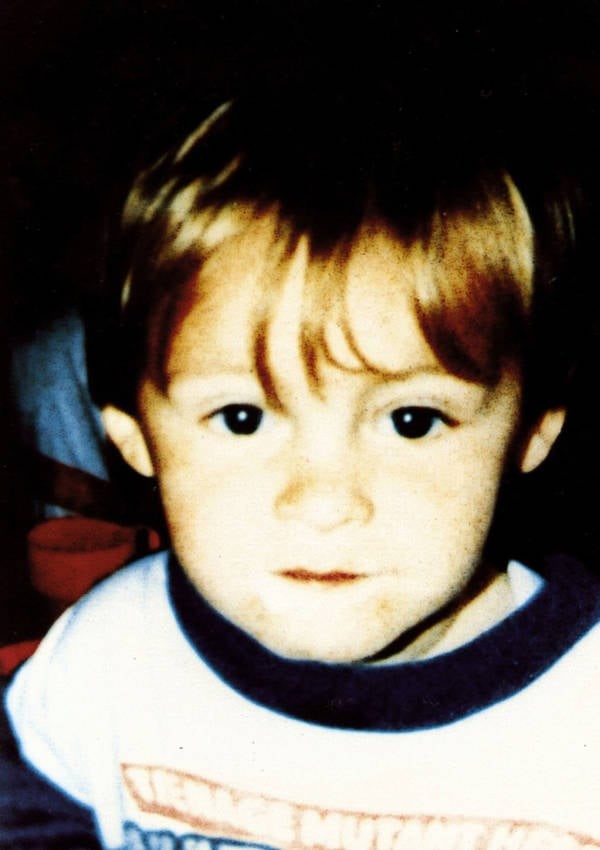
James Burglar, two-year-old boy.
At some point, for reasons that still remain unclear more than two decades later, Venables and Thompson decided to torture and murder a child. Later, after they were arrested, each blamed the other.
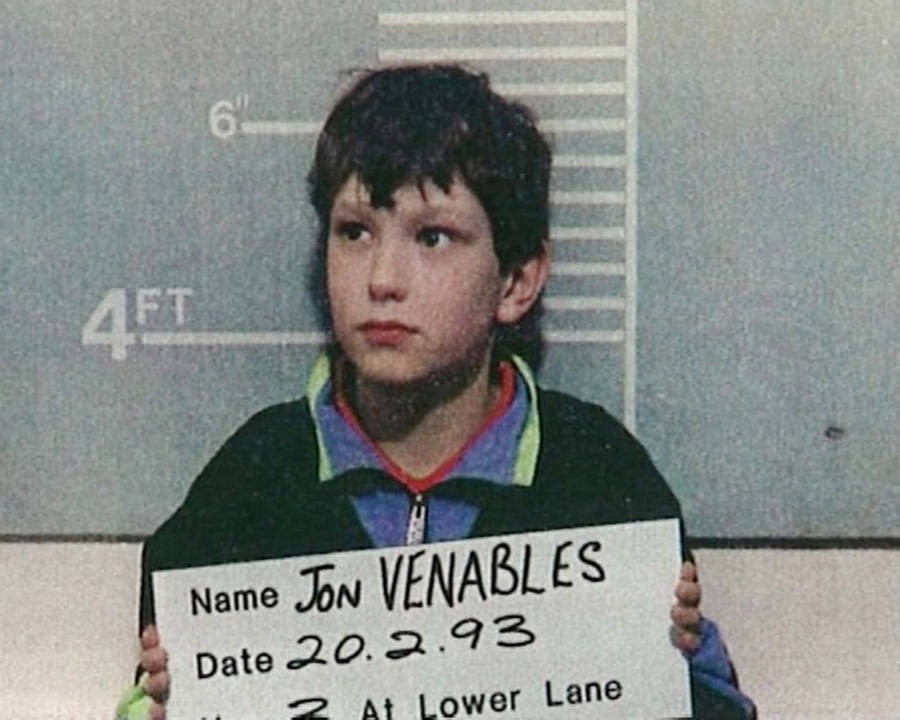
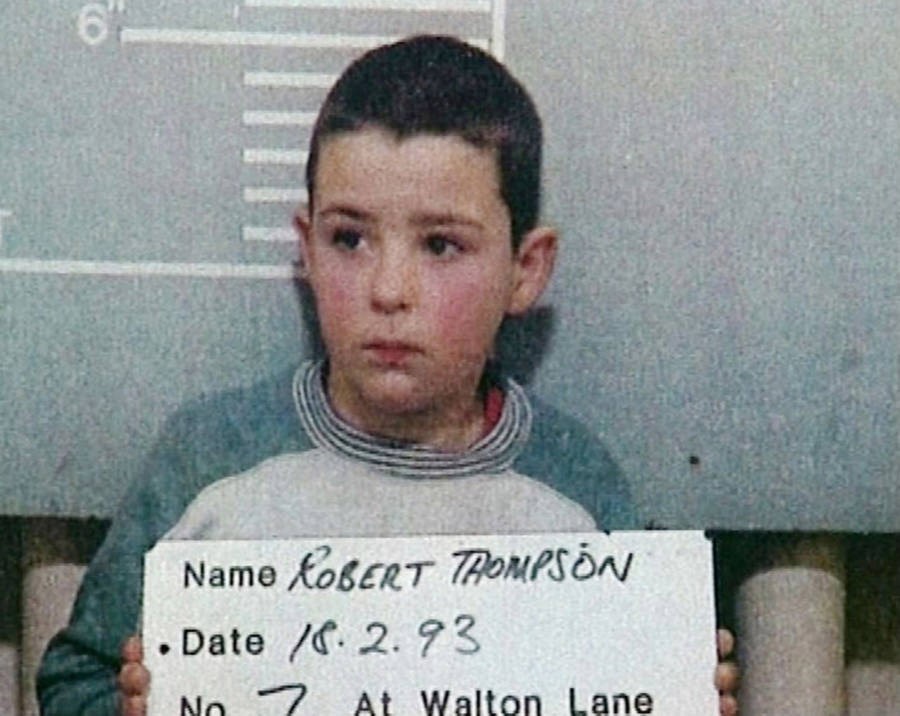
This is bystander effect and it refers to the tendency for people to be inactive in high danger situations due to the presence of other bystanders. Thus, people tend to help more when alone than in a group. The initial interest in this phenomenon arose after the murder of Catherine ‘’Kitty’’ Genovese in 1964.
| Five-step decision model of helping during each of which bystanders can decide to do nothing: |
| Notice the event or in a hurry and not notice |
| Interpret the situation as an emergency or assume that as others aren’t acting, it’s not an emergency |
| Assume responsibility or assume that others will do this |
| Know what to do or not have the skills necessary to help |
| Decide to help or worry about danger, legislation, embarrassment, etc. |
| Darley and Latane (1970) identified three different psychological processes that might prevent a bystander from helping a person in distress: |
| 1. Diffusion of Responsibility has three ideas: |
| Moral obligation doesn’t fall only on one person |
| The blame for not helping can be shared instead of resting on only one person |
| Belief that the other bystander will offer help |
| 2. Evaluation apprehension which refers to the fear of being judged by others when acting publicly |
| 3. Pluralistic ignorance – rely on the overt reactions of others when defining an ambiguous situation (if others don’t react, a person doesn’t react even if thinks it should) |
| Researchers have looked at the regions of the brain that were active when a participant witnessed emergencies. One’s initial biological response to an emergency situation is inaction due to personal fear. After that initial fear, sympathy arises which prompts someone to go to the aid of the victim. These two systems work in opposition; whichever overrides the other determines the action that will be taken. If there is more sympathy than personal distress, the participant will help. There are further explanation of this basic model. |
Venables and Thompson had brought blue paint stolen from the shopping mall and splashed it in Bulger’s left eye. They then kicked him, pummelled him with bricks and stones, and stuffed batteries into his mouth.
Finally, the boys hit Bulger over the head with a 22-pound iron bar, which resulted in 10 skull fractures. All in all, Bulger sustained 42 injuries to his face, head, and body. He was tortured so badly, that there was no way to tell which injury represented the fatal blow. Eventually, Venables and Thompson placed Bulger’s dead body (a forensic pathologist later concluded that he was dead at this point) across the train tracks, in hopes of making the whole thing look like an accident, and abandoned the scene before a train came along and severed the toddler in two.
Bulger’s parents were suspects initially.
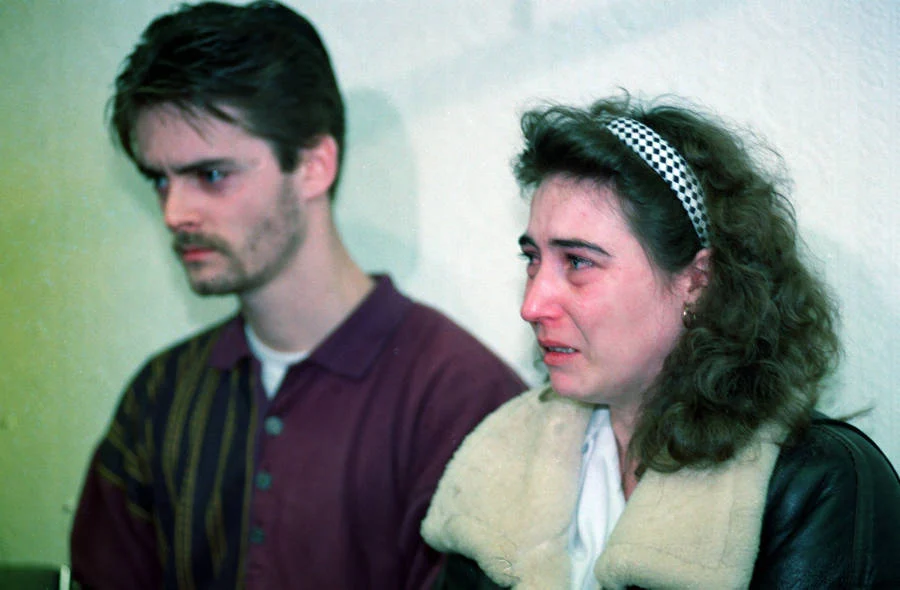
The search ended two days after the disappearance when four children discovered Bulger’s body on the railway track — just 200 yards from the nearest police station.
An anonymous phone call to the police implicated Jon Venables and Robert Thompson as the James Bulger killers. The caller told the police that Venables and Thompson were both absent from school on Friday and that they themselves had seen blue paint on the sleeve of Venables’ jacket.
Court-appointed psychiatrists determined that the two boys knew right from wrong and weren’t sociopaths, but were nevertheless able to uncover any concrete motives for James Bulger’s murder — something no professional has been able to confidently determine even in the years since.
Jon Venables and Robert Thompson were convicted, making them the youngest to be convicted of that crime in Britain in 250 years. A minimum sentence in this case was just eight years, at which time the boys would be 18. When the eight years were up in 2001, both boys were released.
In 2010, Venables was imprisoned for downloading images depicting various kinds of sexual abuse being inflicted upon male toddlers. He became eligible for parole in 2013. Thompson is believed to be assimilating back into society and living a quiet life. Contrary to belief when they were arrested. “I did kill him,” Venables said. “What about his mum, will you tell her I’m sorry?” Robert Thompson, on the other hand, was not such an easy interview. “He totally denied everything,” said Detective Sergeant Phil Roberts. Nevertheless, throughout the whole process, Thompson remained chillingly unfazed, earning him the nickname “the boy who did not cry” from the press. Popular disgust only intensified when witnesses and the media noted Thompson’s cold, seemingly remorseless behavior at trial (compared with Venables’ hysterical outbursts). Thus it was widely assumed that Thompson was the instigator – even though psychiatrists and authorities have never been able to reach a conclusion on the boys’ motives.
